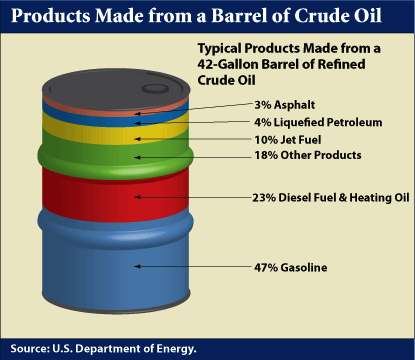What is Synthetic Motor Oil? Ed Newman|Aug 18, 2017 8:19 AM As most of my friends know, and you now as well, I listen to audio books during my daily commute. My current book, about history’s first billionaire, is titled “Titan: The Life of John D. Rockefeller, Sr.” It’s a massive book about a massively […]
You are browsing archives for
Tag: AAA
What to Do When Your Car is Underwater
What to Do When Your Car is Underwater Ed Newman|Sep 07, 2017 2:57 PM Hurricane Harvey hit Houston hard. Tragically, reports say the hurricane claimed the lives of at least 60 people. It has also wrought devastation to countless communities and households. It seems meaningless by comparison to the lives lost, but some reports say […]
AAA Study Finds Synthetics a SIGNIFICANT...
AAA Testing Affirms Superiority of Synthetic Motor Oils AMSOIL introduced the world to synthetic motor oil in 1972, and we’ve been extolling the benefits ever since. While we’ve been joined by many vehicle and equipment manufacturers and competing motor oil companies over the years, the American Automobile Association (AAA) is the most recent company to […]


